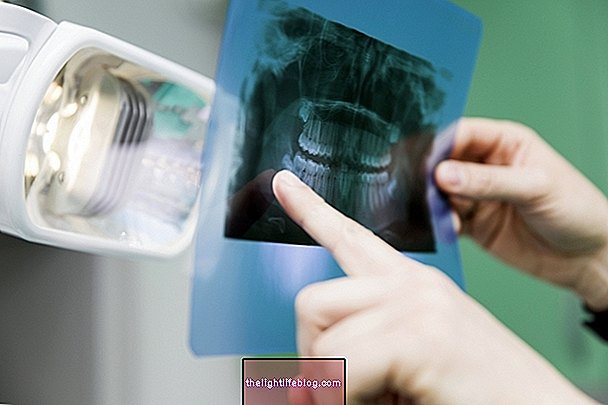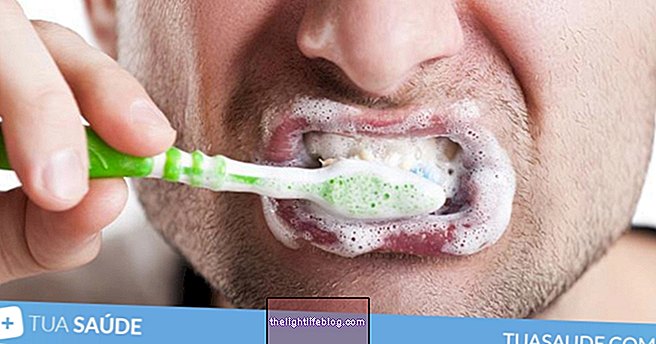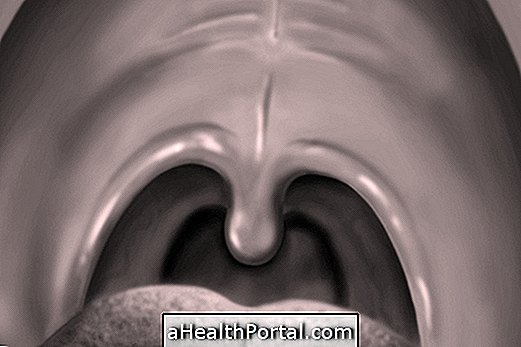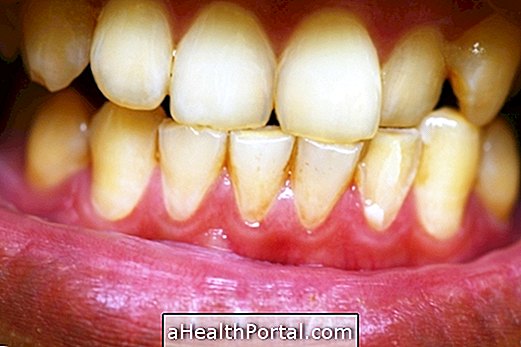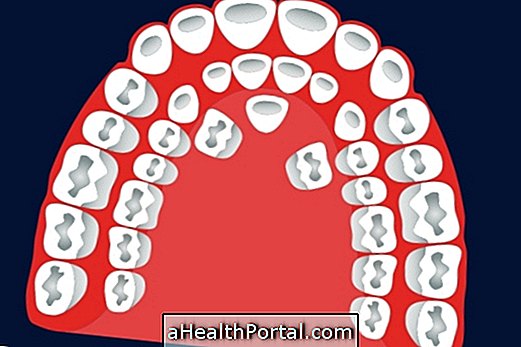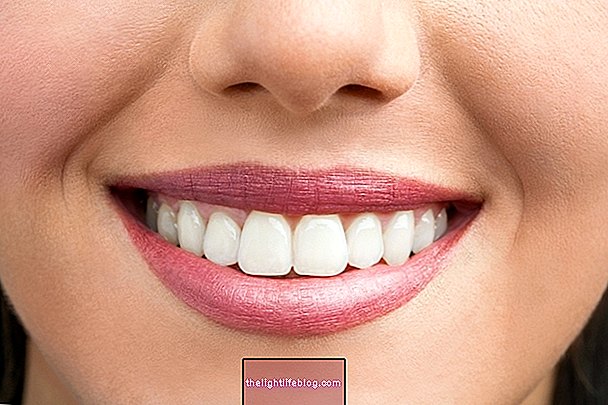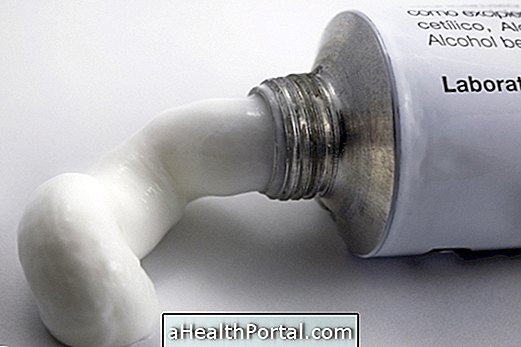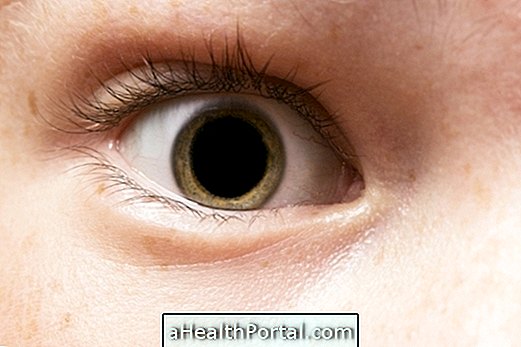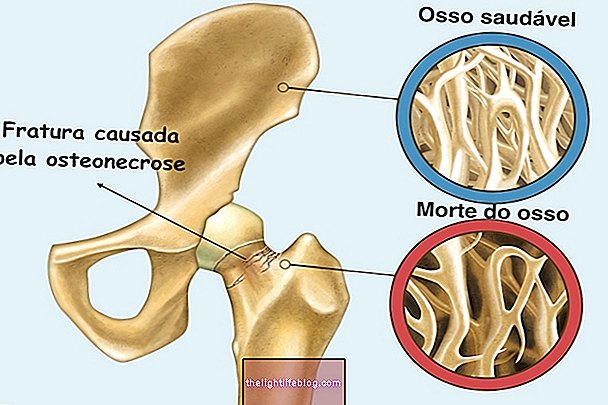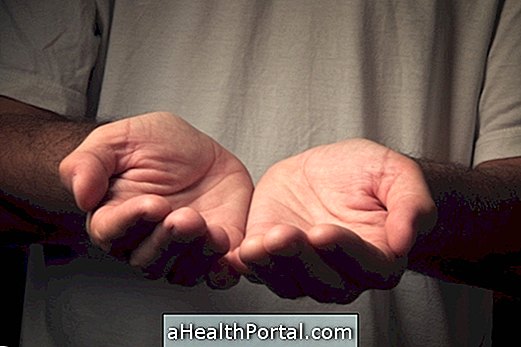The key to making dentist anesthesia go faster is to increase the blood flow to the mouth area, which can be done with simple, quick tricks.
You can use techniques such as massaging around the mouth and consuming easily chewed foods such as ice cream and yogurt to stimulate blood circulation in the mouth without hurting the mouth by biting the tongue and cheeks.
However, the dentist may apply an injection at the end of the appointment with a drug called Bridion. See the package insert for this medicine by clicking here.
5 Steps To Dentist Anesthesia Faster Faster
Following are some tips that may help:

1. Massage the mouth
One should massage the mouth slowly and with little force, using two fingers to make circular movements in the region of the mouth, lips, chin and cheeks. Massage increases blood circulation and improves the sensitivity of the region, making the anesthetic effect go faster.
2. Chew slowly
Chew cold, easy-to-eat foods such as ice cream and yogurt, or small pieces of cold fruit, chewing with the side of the mouth opposite the one that received the anesthesia, to avoid bites on the tongue and cheek side that are numb. Chewing will also stimulate blood circulation, making the anesthetic effect go faster.
3. Put warm compress on face
Putting a warm cloth or compress on the face, near the mouth, will also stimulate blood circulation and help pass the effect of the anesthesia. However, if the problem is toothache, it is best to use an ice pack. Watch the video to know when to use warm or hot compress:

4. Take plenty of water
By taking too much water the blood circulates faster and with the increase of the production of urine the toxins are eliminated more easily and thus the effect of the anesthesia passes faster.
5. Ask the dentist for a prescribed remedy
Another option is to ask the dentist an injection that increases the flow of blood in the mouth, helping to pass the dormant mouth effect in a few minutes. One of the names of this medicine is Bridion, made with sodium sugammadex, which should be applied by the dentist at the end of the consultation.
Anesthesia is used in procedures such as teeth extraction and canal, and can take between 2 and 12 hours to pass, depending on the type and amount of medicine used. Usually the anesthesia spends 2 or 3 hours.
Effects of dentist anesthesia
Some effects that may arise beyond the strange sensation in the mouth are:
- Dizziness;
- Headache;
- Blurred or blurred vision;
- Muscle spasms on the face;
- Sensation of stitches or needles in the mouth.
These effects usually pass when the anesthesia stops acting, but in case of more serious problems such as hemorrhage, the appearance of pus at the procedure site or lack of sensitivity in the mouth for more than 24 hours, one should contact the dentist so that he assesses the presence of complications and initiates appropriate treatment.
When passing anesthesia the pain may increase, so it may be necessary to take a painkiller such as Paracetamol when the pain starts.
